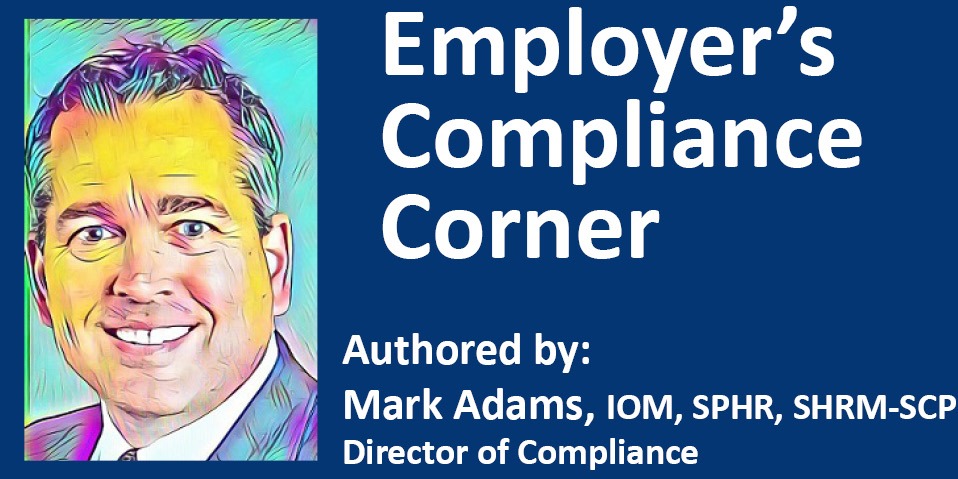Peter Robb’s Termination is the Latest Domino to Fall towards a Pro-Union Agenda for the Next Four Years

When I think of labor and employment law or policy, I tend to think of the pendulum of a Grandfather Clock….as the pendulum swings in one direction, it eventually will swing the other way – usually in an equidistant fashion. However, in recent times, I think of a clock that is now broken….with each pendulum’s pass, it swings far wider than the pass before.
For employers wondering what the impact of a Biden Administration will have on them, recent developments have started to paint a picture for us. First, came the nomination of Boston Mayor Marty Walsh to the position of Secretary of Labor. Now, in his first full day as President, President Biden has fired National Labor Relations Board (NLRB) General Counsel Peter Robb.
These actions are very telling. While the nomination of Walsh does not come as a surprise with many analysts and pundits (given his extensive union background most notably as Secretary-Treasurer and General Agent of the Boston Metropolitan District Building Trades Council), the termination of Robb by President Biden is striking and unprecedented. Regardless of the party assuming power at 1600 Pennsylvania Avenue, it has been a customary practice for an incoming Administration to allow the NLRB General Counsel to finish out their term before appointing someone else that is more fitting and aligned with their views. However, with the current General Counsel having 10 months left in his tenure and refusing to resign, President Biden decided that he was not going to wait.
The move cannot be overstated. While the Board’s current composition remains a pro-employer Board (with three of the current four members having pro-business philosophies and the fifth position being vacant), it is the General Counsel that is the driver of investigating and prosecuting unfair labor practice cases and supervising NLRB field office handling of those cases. Additionally, it is the General Counsel that formulates policy and advice memos that help shape NLRB enforcement. Thus, to the degree that there are gaps in case precedent, the General Counsel will be there to fill in those topical gaps for how cases are to handled moving forward (at least until the case reaches the Board on an appeal). With a pro-business Board and what can be expected to be a pro-labor General Counsel, things will be interesting at the NLRB for sure in the short term (though eventually as Board member terms expire, the Board’s composition will eventually flip to reflect appointees that are in alignment with the views of the current President). Nonetheless, the rush to terminate the General Counsel reveals an urgency and a priority to change labor policy as quickly as possible.
The path is very clear: expect a full court press to implement a very pro-employee and pro-union agenda over the next four years. From the DOL perspective, the days of a $7.25 federal minimum wage appear to be numbered starting with the President issuing a Directive that paves the way for an Executive Order within his first 100 days in office to provide a $15.00 minimum wage for employees working on federal contracts (though it won’t end there). Look for a narrowing of the DOL interpretations of Independent Contractor and a more expansive interpretation of Joint Employer to optimize coverage under the Fair Labor Standards Act. And, on the NLRB front, look for a reversal of many of the policy memos that had been handed down over the past four years as issues like workplace investigations, personnel policies and the use of email and network systems once again get pulled into the spotlight – all with an eye towards modifying interpretive positions that better position employees to organize their workplaces. And, should representation cases to organize get filed, expect a further adjustment in the NLRB procedures for how those cases are handled. While the “quickie election rules” had been modified somewhat in 2020 to come more into balance (with changes such as longer election notice periods, more time to submit position statements, and more time in scheduling hearings just to name a few), expect these more moderate adjustments to be scaled back too; putting employers on a hasten schedule for responding to these matters.
The ultimate moonshot would be for President Biden to revive and push through Congress a version of H.R. 2474 – the Protecting the Right to Organize Act or PRO Act. While the measure passed the House in 2020, it fell short in the Senate. The principles of the Act would repeal Right to Work laws, allow recognition of unions upon the presentation of union authorization cards without an election, and allow for secondary boycotts in labor disputes just to name a few of the bill’s tenets. For employers looking to adapt at a time where agility has become a norm, these changes will prompt further changes on how they manage and engage their workers.
Thank you for viewing this article in EANE’s Employer’s Compliance Corner Blog, Authored by our Director of Compliance, Mark Adams. Please visit again soon to stay up to date on today’s compliance updates and best practices for employers.